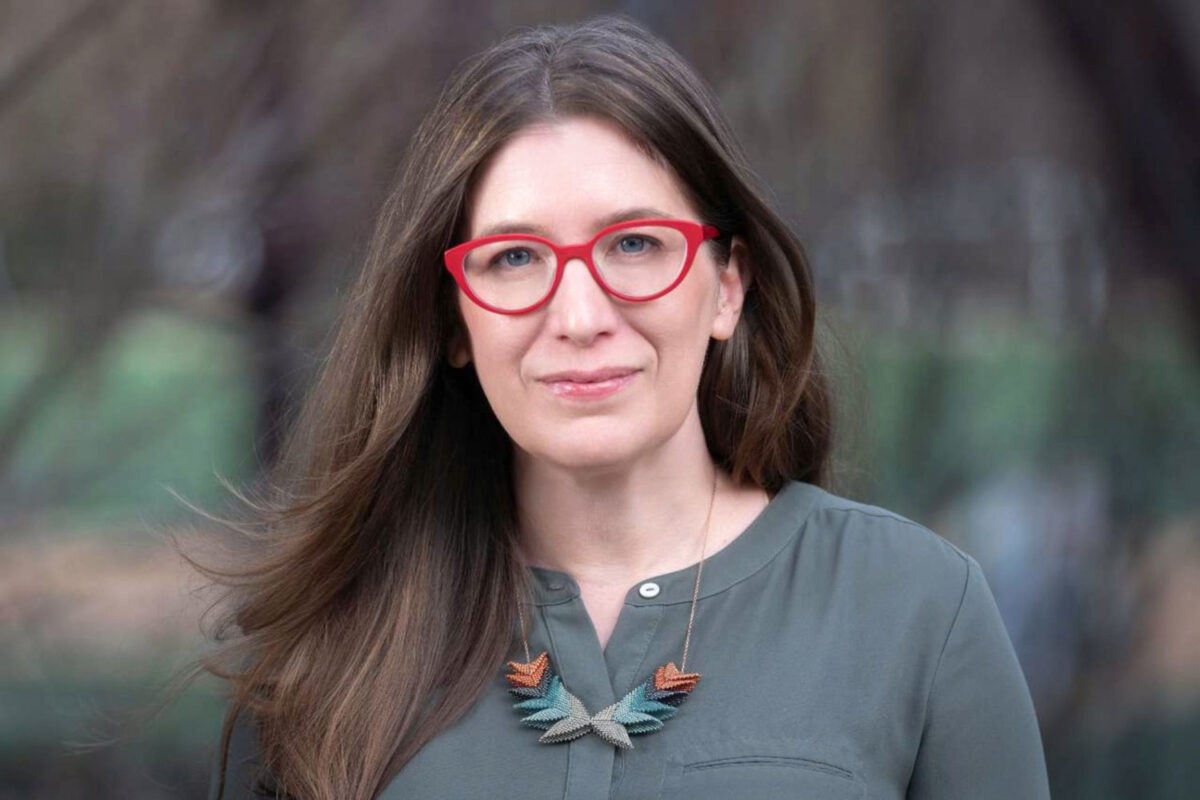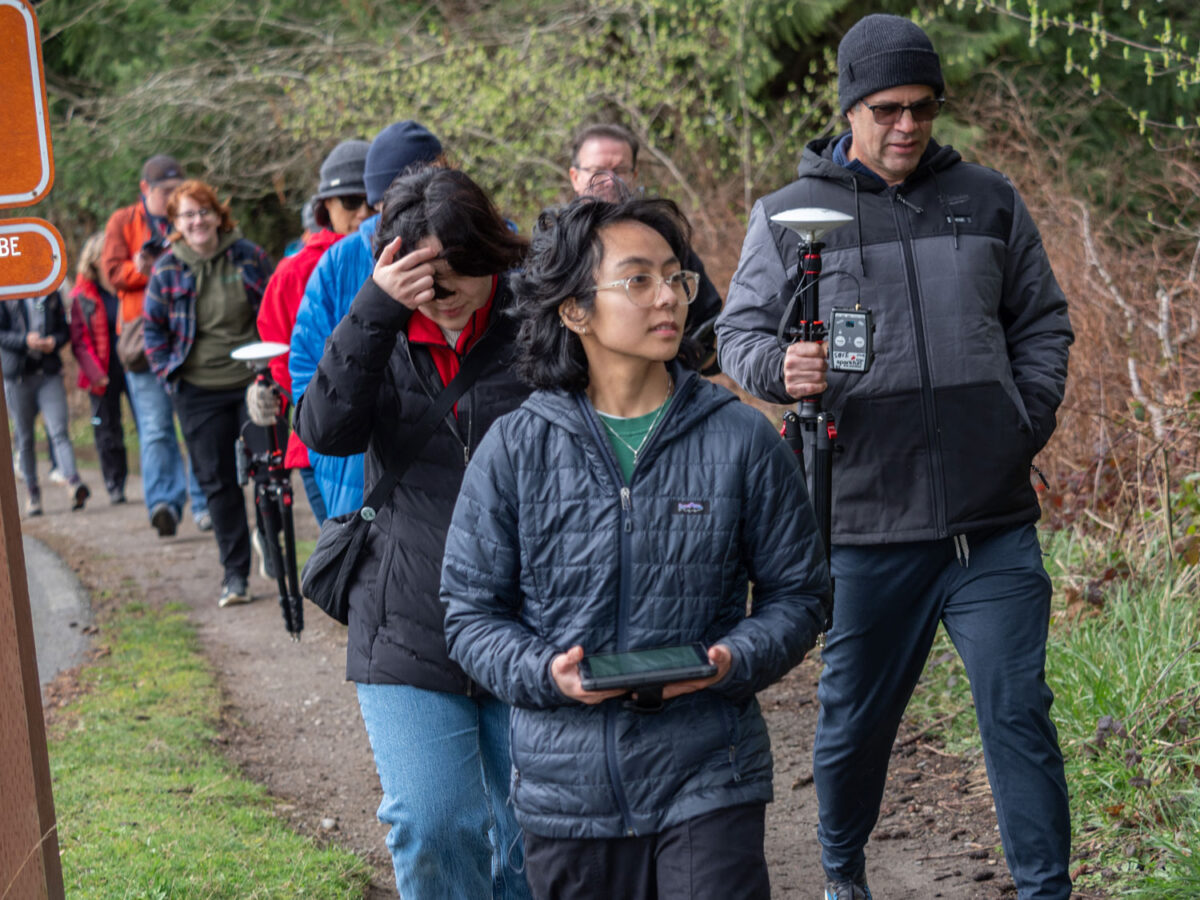
By Douglas Esser
A policy discussion of college funding may include this comment from someone: “When I was a student, I worked my way through college.”
Many students put in long hours at part-time jobs to help pay for tuition, room and board, books and supplies, transportation and other expenses. But, it’s not the only factor in calculating college funding. Far from it.
More than a dozen variables are built into a college affordability computer model developed by University of Washington Professor Jim Fridley and University of Washington Bothell Professor Kelvin Sung. A few of the other variables are family savings and contributions, scholarships or tuition waivers, state need grants or Pell grants, and student debt. Each has its own range of amounts, which means an almost infinite number of options.
Fridley, a professor of environmental and forest sciences, became involved while serving on Washington legislative task forces on higher education. He found that everyone had some ideas in their heads, but they didn’t have a way of sharing or illustrating them or demonstrating what happens when variables change.
Enter the computer model, which graphs the results in shades of green, blue and red that can appear to wave as the variables shift up or down.

“The idea was to put together a tool that allowed them to explore their own assumptions and their own, maybe, theories about all the different pieces that play into college affordability,“ Fridley said.
Take, for example, lawmakers who worked their way through school. On the computer model, you can click on the work option and move a slider between zero and 1,000 hours a year. Adjust some of the other dials and levers, assuming some reasonable debt, for example, and the answer becomes apparent: Most students these days can’t reasonably work their way through college.
The necessity of the Washington state need grant also becomes apparent, says Fridley.
“We want people to be able to explore and understand the implications of that,” he says.
The college affordability model website was designed and implemented over two years by Sung’s computing and software systems graduate students Karan Kalra and Gautam Kumar.
Kumar said it was a gratifying experience.
“I feel really great that it contributed back to the community in Washington. The University of Washington Bothell has done a lot for me,” Kumar said. “It’s hopefully going to help a lot of public policy makers on how to improve funding for students here.”
Kumar hopes the tool will be useful in the future in the state and nationally. “I’m honored to be part of that.”
Unlike college cost calculators found online, this model is aimed at policy makers – lawmakers and advocacy organizations. It’s appreciated by state Rep. Drew Hansen, the chair of the House Higher Education Committee.
“Professor Fridley’s affordability model is an ingenious way to visualize how state investment choices could make college more affordable,” Hansen said.
Development of the model is supported by the Washington Student Achievement Council, a state oversight and strategic planning agency, and the independent Lumina Foundation, a private foundation in Indianapolis that is committed to education opportunities beyond high school.
The model is an impressive tool that visually demonstrates how students from different economic background are impacted by state, federal and institutional policies, says Rachelle Sharpe, deputy executive director of the council.
“Often state policy focuses on tuition or financial aid or per student funding; but to consider the interplay with other resources, including the capacity of families and the federal government, greatly improves understanding of affordability,” said Sharpe who has demonstrated the model with Fridley for legislative committees and national conferences.



